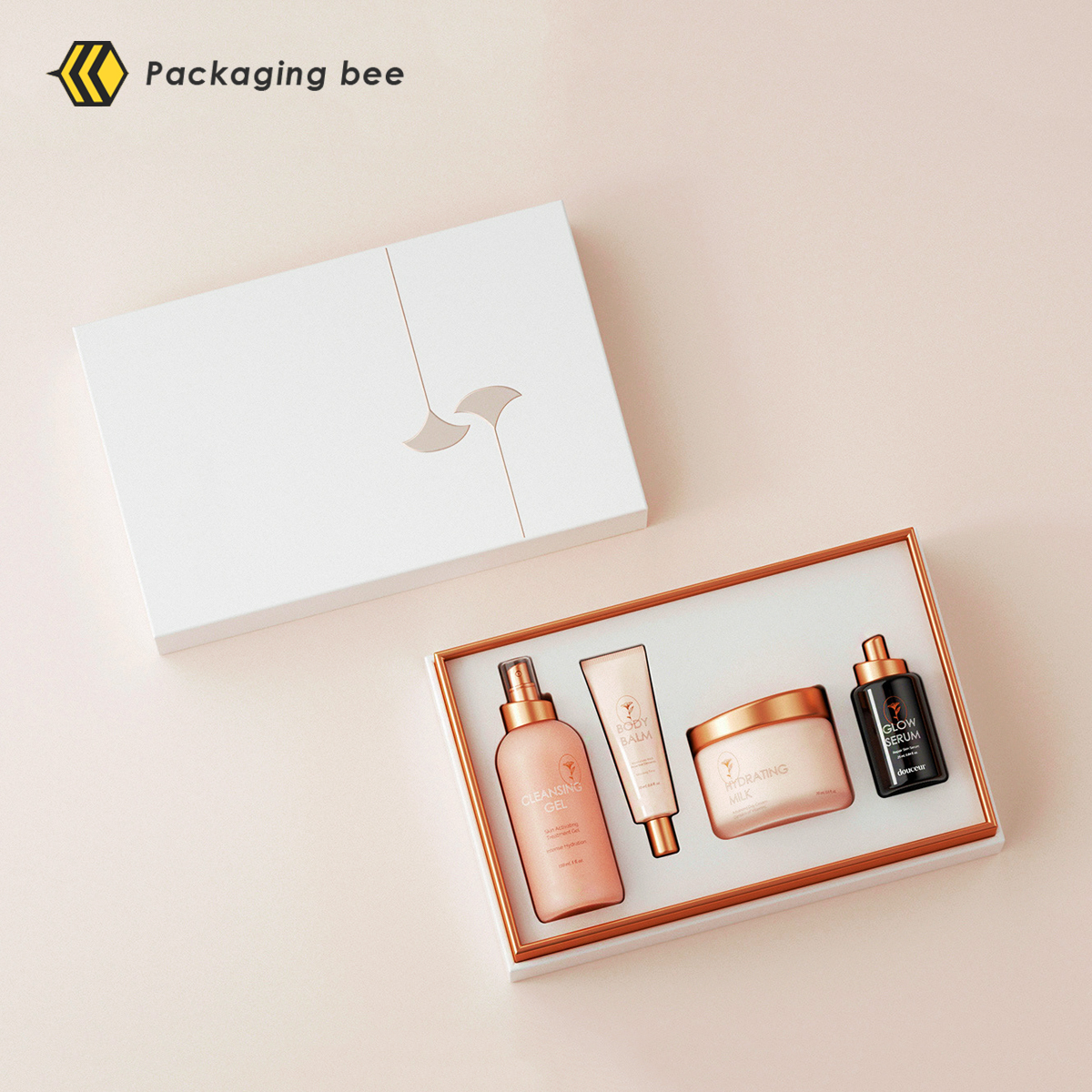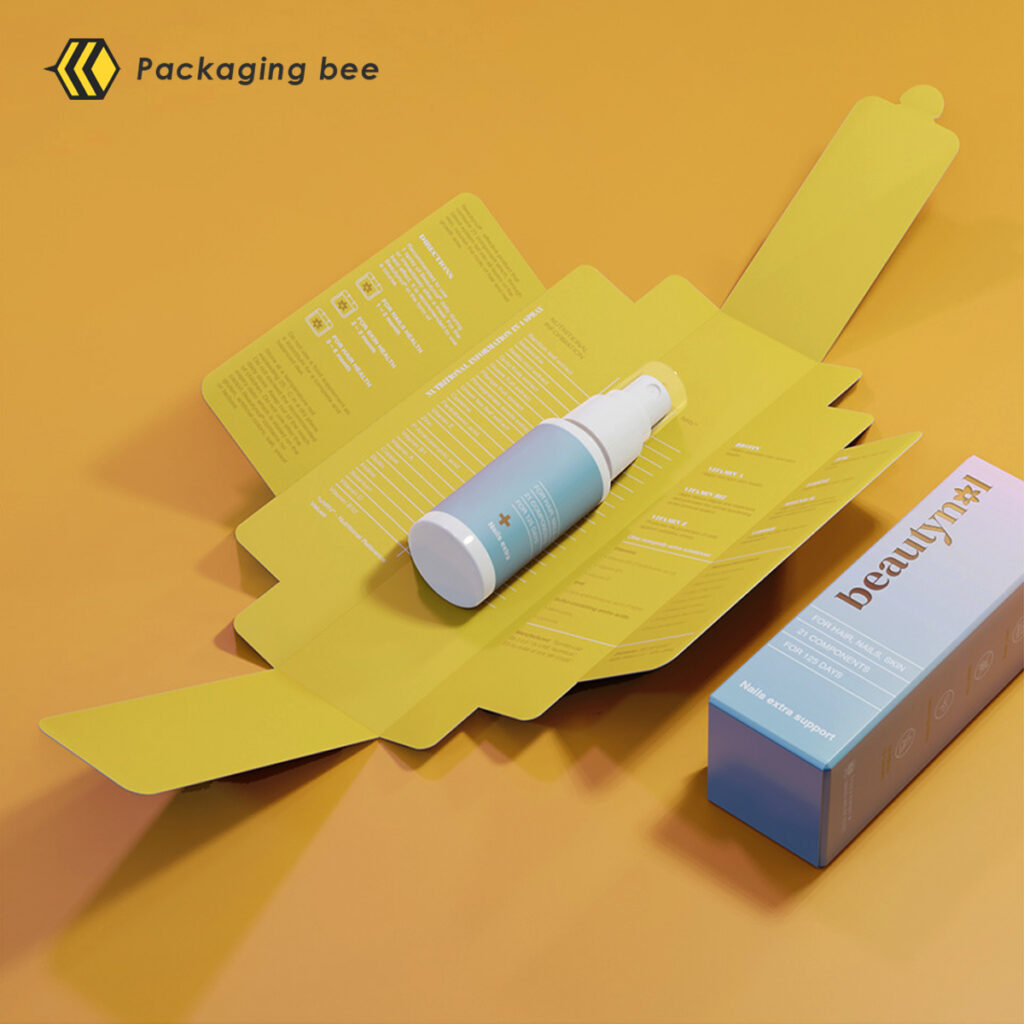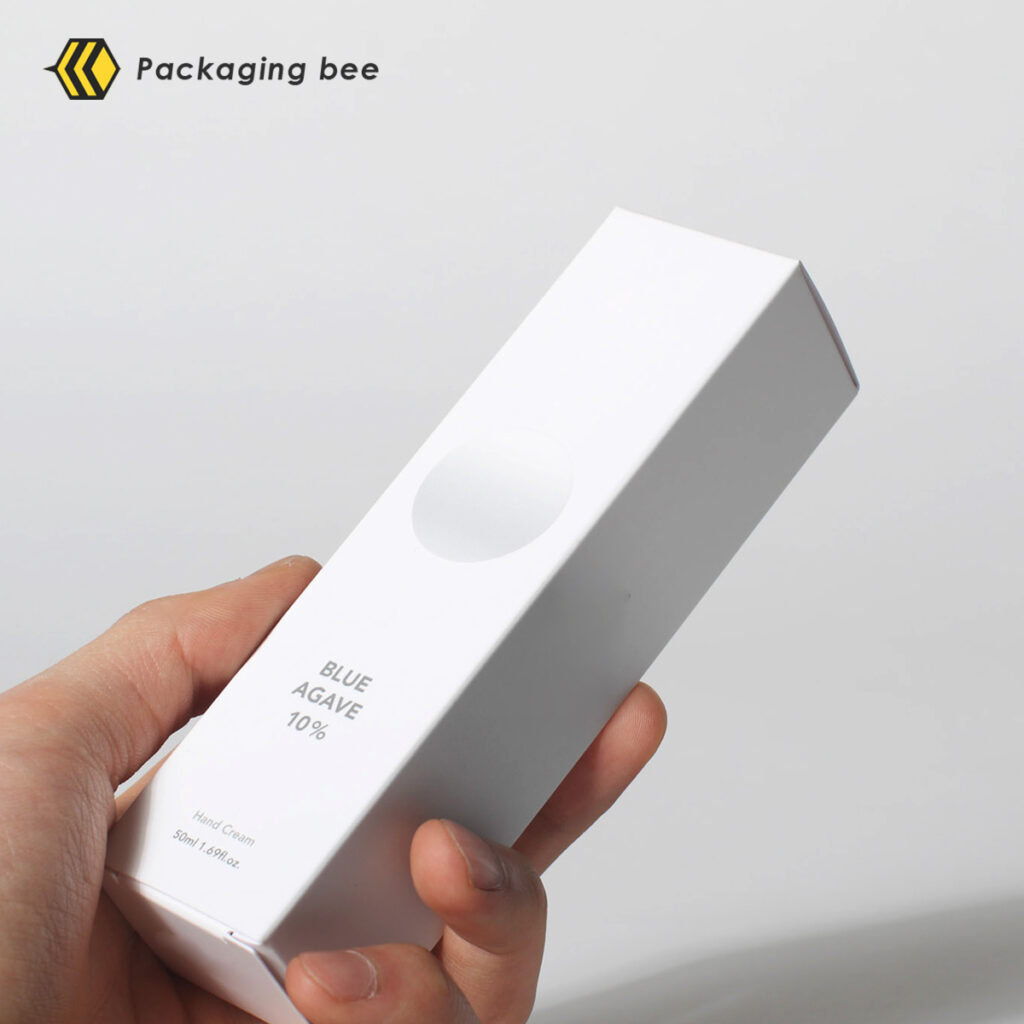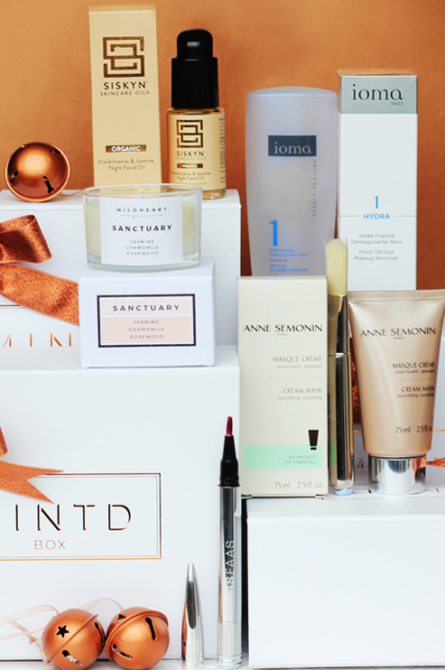22

By: Harry Lee
Practically, all of us has had a specific reaction to a cosmetic or lotion at some point in their life. For people with sensitive skin, it is always a guessing game as to what particular ingredient is causing the issue. But the odds are, no matter how hard you try to find that ingredient by comparing labels, you may never know the truth.
For the lack of transparency in the processes, and especially in the supply chain, the beauty industry has been under fire past many years – and all for the right reasons. The perfumes, lotions, and other makeup that we put on our bodies are eventually absorbed by our skin. But, unlike other things that go into our bodies, like food and medicines, are regulated by food and drug administration agencies, beauty products aren’t.
Reports in various newspapers around the United Kingdom suggest that every year MHRA (Medicines and Healthcare products Regulatory Agency) receives 300-400 complaints regarding the unwanted reactions to beauty products. It is incredible to note that all these beauty products are sold over-the-counter without any prior scrutiny by any agency. These agencies don’t even require safety testing for the ingredients of the cosmetics.
It is a huge problem, as on average, an adult woman in the United Kingdom uses up to 12 personal care products, exposing their bodies to up to 168 different ingredients. For men, this number is six products, and up to ninety different chemical ingredients. For a safe experience of users, companies have to ensure that the tools they are using comply with the regulations and standards required for making danger-free products. But how it can be done? Question remains.

Blockchain Could Be The Answer To The Significant Issues Related To The Cosmetic Industry, For Consumers And Companies Alike.
The cosmetic supply chain is loosely regulated if it all. There is a lot of difference between a beauty product when it is manufactured to when it gets closer to the consumer. In the United Kingdom, diversion and counterfeiting remain one of the biggest problems in the beauty industry.
It is because the corporations that make these products use the contract manufacturers, instead of their tools and industry. From the contract manufacturers, the product is sent to a packaging provider, and then to the distributor. It is where the actual problem starts, as the distributors often sell it to unapproved and unaccredited sub-distributors. And once the product has been diverted, no one at the top of the supply chain has any idea what is happening with it.
Is the price being hiked and jacked up? Is the counterfeit taking over the real product? Is that Chanel eyeshadow that you ordered from Amazon original, or is it just going to end in another eye infection?
How Can Blockchain Help In Solving All The Problems Related To Supply Chain Management?
There are many identifiers on the cosmetic boxes, both covert and visible, to ensure that the company can smoothly go backwards in the supply chain and identify the original product against a counterfeit. If a company finds that their product being sold on Amazon is a counterfeit, or at a jacked-up price, they can take help from the identifier to find the problematic link.
So many companies around the world, for example, Chronicled, can provide the end-to-end monitoring of supply chain management, and could make it more visible from top to bottom.

However, for the cosmetic industry, problems are not only at the downstream but also at the upstream where the product’s ingredients are being produced.
For example, a lotion or cosmetic may have somewhere near 50-100 ingredients in it, and they come from all over the world. But, there is no transparency at each point from where these ingredients are coming from, unfortunately.
For example, the beauty industry uses mica to make product shimmer and glitter. Mica is a flakey, shiny material, but its use is not only limited to the beauty industry, but it is also used as an additive in automobile paints as well as it works as an insulator.
Two Indian states, Jharkhand and Bihar, produces up to a one-fourth of the worlds’ total mica. But, recent reports have suggested that up to 90% of these mica mines in India are illegal, with more than 20,000 children working on these mines. It is not only child labour at worst where these children are living practically as slaves, but the fact that the paint suppliers for some of the world most famous card brands (Audi, BMW, Vauxhall) were linked with these mines.
How Can Blockchain Ensure A Transparent Supply Chain?
The solutions to lift the child labour out of poverty is not simple but asks for multi-pronged and complex management. Blockchain can undoubtedly provide a system of accreditation of workspaces which is decentralized, like the mines in India. There are companies, like Betterkinds, working extensively on accrediting source facilities and materials. Even if only 10% of mica mines are legal, it will be easy to point them out and track their mineral through every step in the supply chain.
Why Are Big Corporations Failing To Live Up To The Mark?

Contrary to popular belief that massive corporations have control over their suppliers, they lack it. It is suppliers that end up guiding almost every significant process. There are examples of companies that imposed high standards, but they were only left with poor supply options. Once the glitter has been named as a necessity, the only question remains is how to get it.
What doesn’t help in this case is that so many supply chains are simply archaic, including cosmetics. They rely solely on money wires and paper invoices, which is the big part of the problem.
Solution:
Technology like AI and machine learning is relatively new to the cosmetic industry, and with time, this industry is taking gradual steps towards the digitalization. It will make things more convenient for the consumers, and they are expecting nothing less.
Only focusing on the robust systems that fulfil all the requirements of the supply chain should be opted, and it is where corporations can do more. While we may hope of another way, there is none other than integrating all the broken, antiquated, and inefficient supply chain management systems being used by the suppliers all across the globe. A backbone is needed to gain, and share the information, and trace products through the supply chain. Blockchain is the solution of every broken system, and in today’s world, seems to be the only solution to the plagued supply chain. Taking cosmetic brands online helps them in expanding not only commercially, but also technologically. It also gives them a broader perspective of the consumer base, an inherently global base, that what it is looking for, and what it expects from the brand. Technology has reshaped almost every industry, and it is about time it takes over the cosmetic industry from the downstream to upstream. What is new is the zest that many cosmetic brands are showing towards embracing a technological revolution. It is the tech innovation, which is, as well overdue, but also is bringing a new life in the beauty industry.









